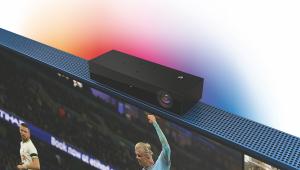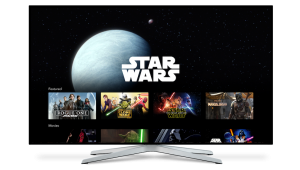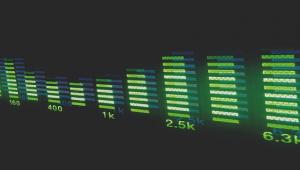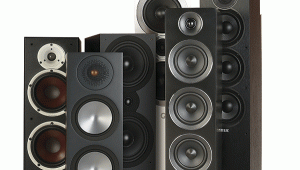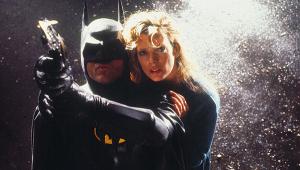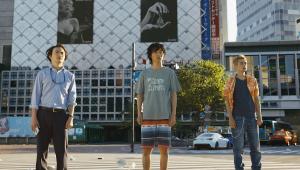Just because a 4K movie doesn't ramp up the HDR razzle-dazzle doesn't mean it's 'fake HDR'
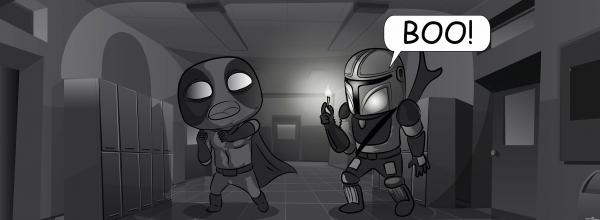
This is nonsense. HDR isn't there to make your new flatscreen sparkle like a Swarovski crystal. It's just one aspect of the creative process that directors, cinematographers and colour graders go through in order to showcase the story they want to tell.
This preoccupation with HDR punditry has even led to the bizarre YouTube spectacle of trial by heat mapping, in order to ascertain where and how bright HDR peaks are. Because we all watch our favourite shows through a heat-mapping filter, after all.
If those hot spots don’t burn bright enough, it’s fake. HDR movies? Fake. HDR TV shows? Fake. HDR games? Fake.
A word to the wise: movies, TV shows and games are, by and large, all fake.
HDR can dazzle of course, as well as reveal detail in areas that might otherwise have been lost in shadow when presented in SDR. But that’s not the point I’m trying to make here. We all know the technicalities, the various flavours of HDR, the use of standard and dynamic metadata, the capabilities of mastering monitors and specification guidelines that govern HDR. But let’s not forget the creative intent.
To lambast a programme simply because you don't feel it's dynamic enough, is to suggest you somehow know better than those responsible for the show in the first place. It’s just dumb.
The HDR fakery argument is similar to that heard when multichannel surround first emerged. Enthusiasts would ramp up the volume to rear speakers determined to hear any noise they could from the back of the room. Even the tiniest whisper had to be loud.
Twinkle twinkle little star Star Wars TV spin-off The Mandalorian has become a cause célèbre for the HDR indignant. Only a heathen would suggest it doesn't look wonderful, and tonally in keeping with the rest of the Star Wars universe, but it doesn't over-egg dynamic HDR effects, hence accusations of fake HDR. Of course, it's designed to look that way aesthetically and very probably because that’s how it’ll work best over Disney’s streaming platform. Auteurs know best.
Similarly, a great number of movies on 4K Blu-ray don't push the envelope when it comes to peak highlights. Christopher Nolan’s Dunkirk uses HDR as a tool sparingly, and this creative choice in no way diminishes the integrity of the movie. I’ve spent enough time in the company of colour graders to know they take exceptional care when working on a project – certainly more than detractors will labour on a snarky tweet.
So does this mean the performance of a flatscreen when it comes to HDR isn't crucially important to image quality? Absolutely not!
I’ll concede my consternation probably isn’t helped by the fact that there’s almost no consistency when it comes to HDR displays. The mere presence of an HDR badge really tells you nothing.
High-end panels, be they LED LCD or OLED, invariably perform better than models costing half as much. And whether you favour a Cinema-style image preset over one with deliberately higher average picture levels will also play a part.
Ultimately, the best way to honour the creative intent is to buy the best display technology you can afford. And the best way to enjoy content is to respect it for what it is, rather than what it is not.
 |
Home Cinema Choice #351 is on sale now, featuring: Samsung S95D flagship OLED TV; Ascendo loudspeakers; Pioneer VSA-LX805 AV receiver; UST projector roundup; 2024’s summer movies; Conan 4K; and more
|





